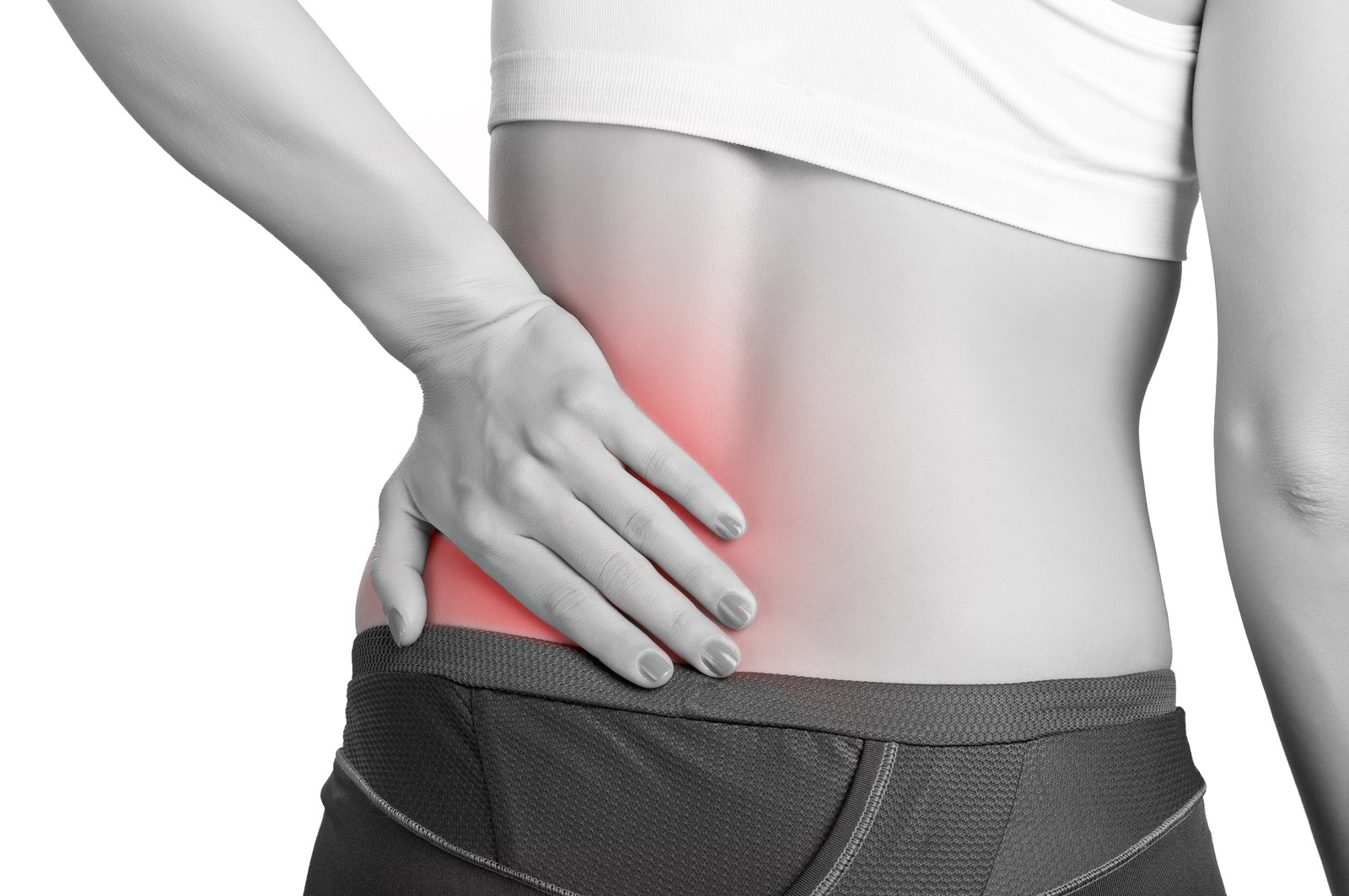If you have arthritis, can physical therapy help?
If you have arthritis, can physical therapy help? YES!!! Read on for more info.
Read morePhysical Therapy More Cost Effective Than Injections For Knee OA
Physical Therapy More Cost-Effective
Than Injections For Knee OA
Patients tend to take 1 of 2 non surgical routes when it comes to pain due to knee osteoarthritis: glucocorticoid injection, or physical therapy. New research shows that physical therapy may, in fact, be the more cost-effective approach.
The research showed that after one year, the average total knee-related costs were nearly the same for the injection group and physical therapy group. However, patients who received physical therapy were found to have higher quality-adjusted life-years scores, while the injection patients ultimately added costs through additional treatments, later physical therapy, and surgery.
My take on this article: There are times when corticosteroids can be beneficial to decrease pain. However, if physical therapy isn’t initiated during this time period, the pain will likely return when the medication wears off. Why? Because nothing changes for your arthritic joint in the long run. However, if you can work with a physical therapist to improve muscle flexibility, muscles strength, and biomechanical movement patterns while you have less pain…. then you have a better likelihood of making positive changes in the joint. Improving muscle imbalances around a joint can help improve shock absorption, improve the forces through a joint to be more symmetric and congruent, rather than just one aspect of the joint. And better motor control patterns can help coordinate proper muscle control.
— Korey Pieper, DPT, OCS
Having knee pain doesn't mean you have to hang up your running shoes
Just because you’re diagnosed with knee arthritis doesn’t mean you have to give up running for good!
Read moreDon't settle for "Old Age" as the reason you have pain. Time to take action!
Do not settle for “old age” as the reason you have back pain.
Read moreWhat is Arthritis?
What is Arthritis?
Read moreBest Treatment for Arthritis?
What’s the most beneficial thing you can do for arthritis? Exercise!
Read moreHigh Intensity Exercise for Rheumatoid Arthritis
Should you include or avoid high intensity exercise when you have rheumatoid arthritis? Read on to learn about a new study.
Read moreA little activity is better than none, for older adults with arthritis {Walnut Creek} {Physical Therapy}
Activity good for arthritis
Read more



